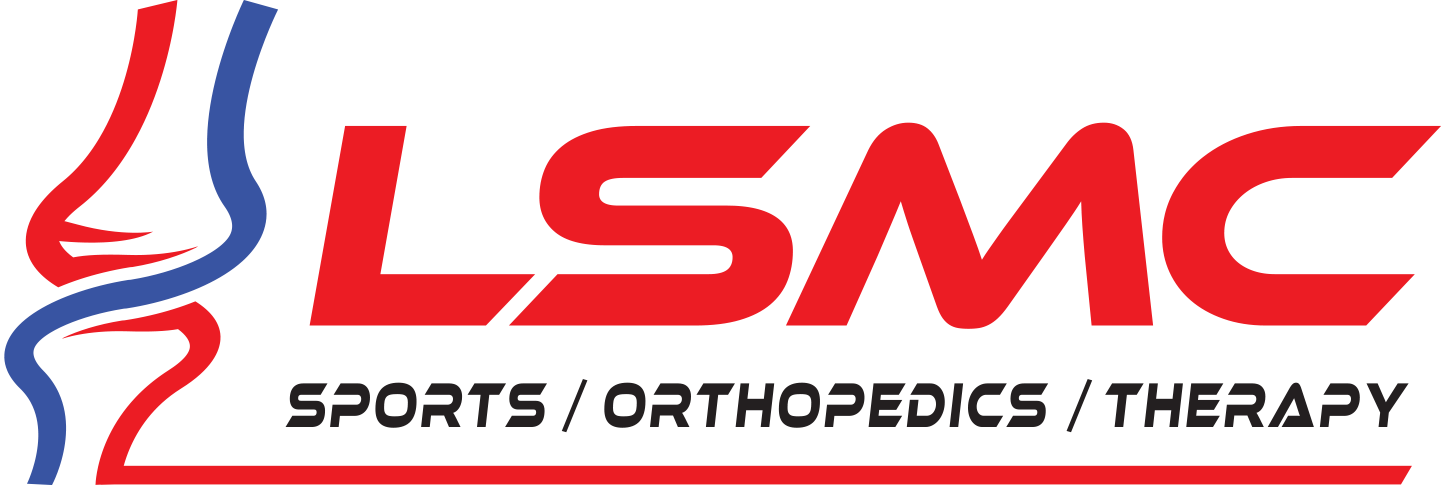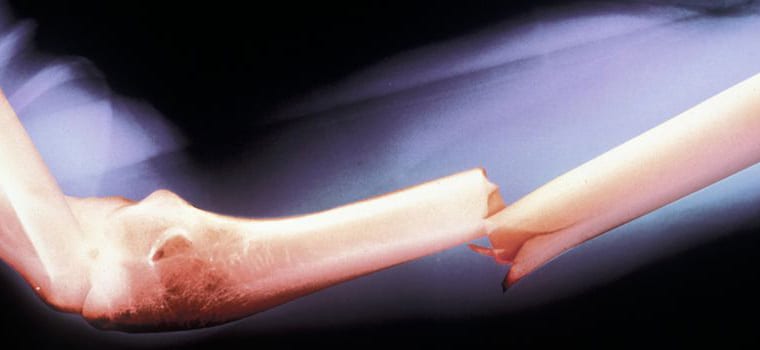Whether you play an impact sport such as football or engage in individual competition such as gymnastics, the demands of athletics can increase the likelihood you will experience an injury. Unfortunately, some injuries can have long-term implications that extend for years after your injury has healed. If you experience an injury, always talk to your physician about long-term implications and treatment options.
Concussions and Cognitive Decline
A concussion is a traumatic brain injury that occurs when a hit to the head causes your brain to slam against your skull. This can be a common injury in athletes who engage in contact sports such as football, hockey or boxing. According to a study published in the January 2009 issue of the medical journal “Brain,” athletes who sustained one or more concussions during their athletic careers were more likely to experience a decline in physical and mental performance 30 years later in life compared to those who did not experience a concussion. The study tested the cognitive, neurological and physical performance of 19 former athletes with a history of concussion and 21 athletes with no concussion history. The researchers theorized that a concussion can damage the memory and attention portions of the brain.
Torn cartilage or ligaments on the playing field can increase the likelihood an athlete may experience arthritis later on in life, according to the National Center for Sports Safety. Arthritis occurs when the protective cartilage that cushions your bones wears down, causing the bones to rub against each other. The result is pain, swelling and difficulty moving your joints. Stress from injuries such as a torn anterior cruciate ligament can lead to the earlier onset of arthritis. If you do experience an injury of this nature, avoiding strenuous activity until the problem is corrected and healed can reduce arthritis risk.
Bone Deformity
Child athletes have bones that are still growing and forming. If an injury is sustained to a child’s bony growth plate — the area where new bone cells grow — the child may experience a bone deformity because the bone can no longer grow properly, according to the “European Journal of Pediatrics.” In addition to slowed growth, an improperly healed bone may take on a crooked appearance or have a visible extra notch of bone. Broken fingers not properly set may result in these bone-deformity types.
Considerations
When it comes to athletes and injury, carefully following a doctor’s orders for recovery can be vital to reducing the risk for future complications. For example, a child who experiences a concussion should rest from physical activity and go on “brain rest” to allow the brain sufficient time to heal. This involves taking a break from activities that require concentration, such as studying, reading or watching the news. With less brain activity, your brain has time to heal. While each injury can leave its unique scars, treating injuries to their fullest recovery can minimize harmful long-term outcomes.










